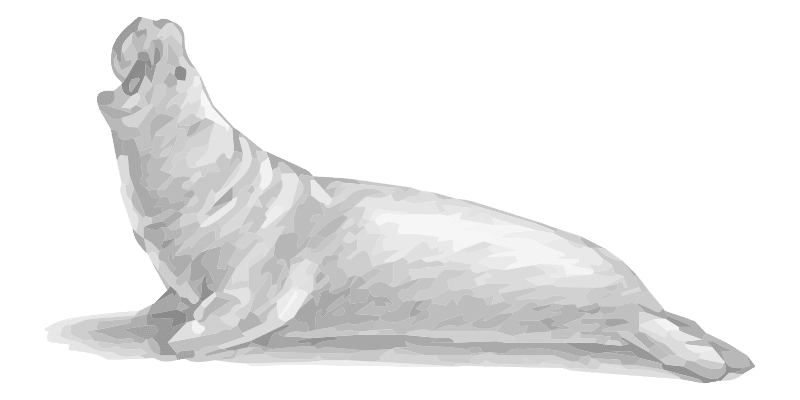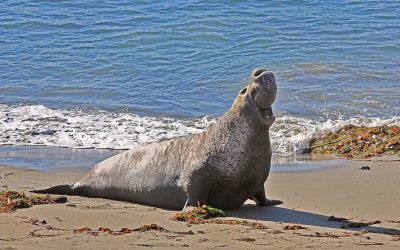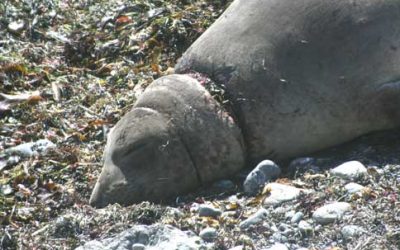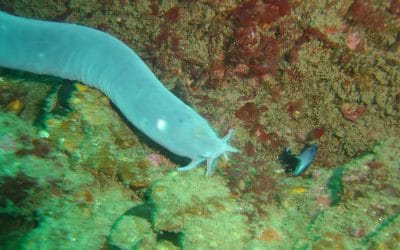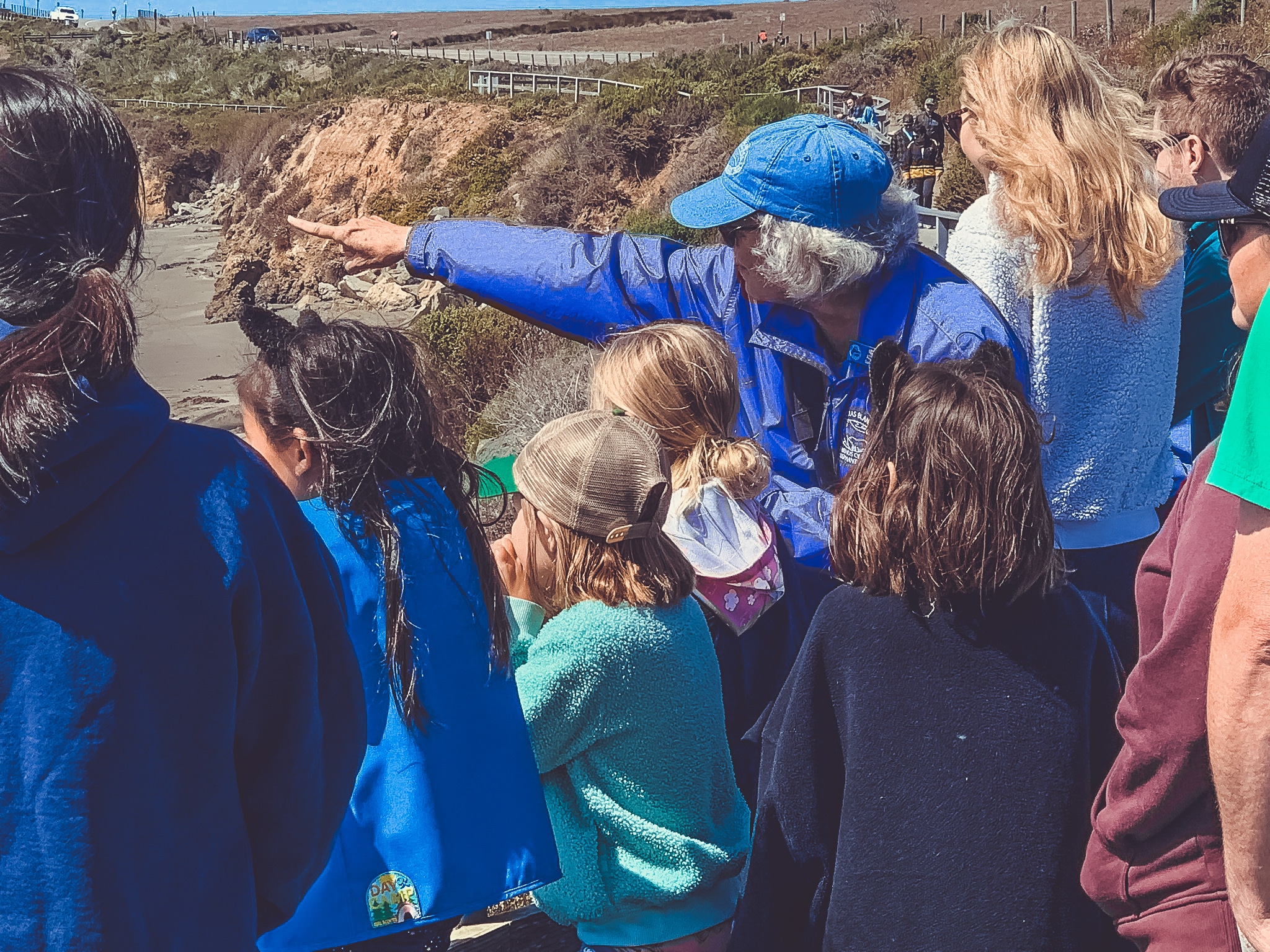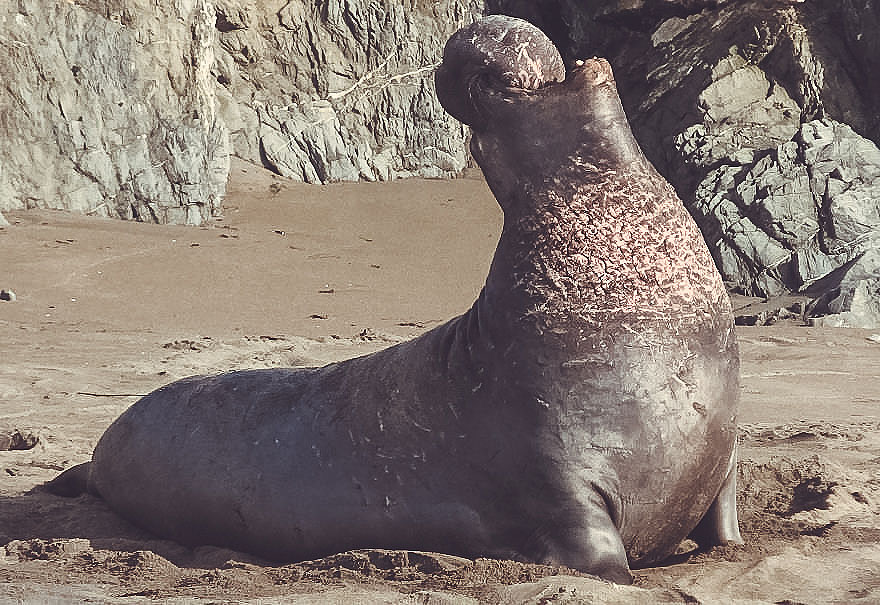Kids Zone
Fun Seal Facts
Fun Facts
Elephant seals take their name from the large proboscis of the adult male (bull), which resembles an elephant’s trunk. Elephant seals were hunted to the brink of extinction by the end of the 19th century. Fortunately, their numbers have since recovered. While resting...
Don’t Trash the Ocean
When Green Tie was a young seal, his curiosity led him to explore a green plastic packing strap, probably dropped from a container ship, along his migration route. As he grew, the strap became tighter, and eventually became life threatening. In 2011 Marine Mammal...
A Citizen Scientist
Kirili Dudko, a teenage boy from the Ukraine, was watching a University video stream of the Canadian ocean floor, when he saw an unknown animal eat a hagfish. He posted the clip on his YouTube channel, and asked the University of Victoria what the unknown creature...
School Groups
Bring your students to the rookery.
Volunteers from the Friends of the Elephant Seal, in collaboration with California State Parks, welcome thousands of children every year to participate in our school groups program at the Piedras Blancas Rookery. Schools, scouts, community programs and other organizations serving children are eligible to schedule this program.
FAQ
Frequently Asked
Where is the Elephant Seal Viewing Area?
The Elephant Seal Viewing area is located in San Simeon, California, 4.5 miles north of the Hearst Castle entrance on Hwy 1. Here is a link to our locations. Please check the Plan Your Visit page on this website for more information.
Why did they start coming here?
As the elephant seals rebounded from near-extinction, they first re-established colonies on the islands off the shore of Baja California and California. When these rookeries became too crowded, they began colonizing mainland beaches.
They began coming here in 1990. The Piedras Blancas Rookery was populated from San Miguel Island, San Nicolas Island, and Ano Nuevo. Elephant seals like large sandy beaches that do not have a significant human presence. The rocky areas in the shallow waters provide the weaned pups some protection from breakers while they are learning to swim. The kelp forests, which are not far off shore, and the shallowness of the sea bed could help the seals avoid predation since shark attacks are more common in deeper water.
Do they go out to eat at night?
The elephant seals do not eat while they are at the rookery. They live off their blubber, relying on it to provide water and energy. While they are ashore for birthing and breeding, the females will lose 30 to 40 percent of their body mass. Large males, who fast for 3 months during the breeding season, will also lose about a third of their body weight.
Weaners practice at night to learn to swim and dive in preparation for the dark of the ocean depths in which they will feed.
